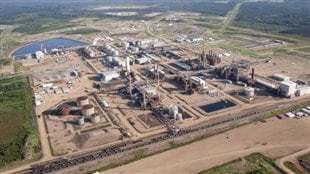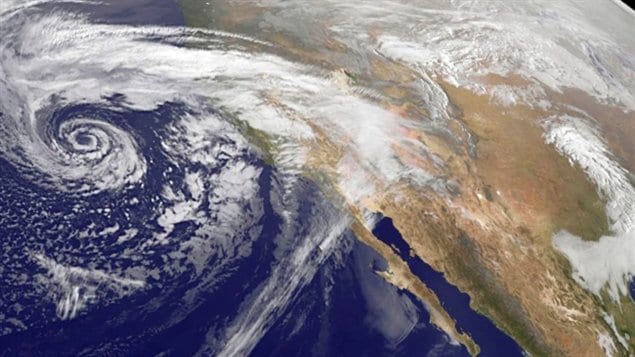A U.S. report that says climate change is already hitting the United States applies to Canada too, says Kathryn Harrison, a political science professor at the University of British Columbia and co-editor of “Global Commons, Domestic Decisions: Comparative Politics of Climate Change.”

Borders don’t stop extreme weather
Most Canadians live within 160 kilometres of the United States, she points out. Extreme weather events know no borders. In her view, Canadians can extrapolate from predictions about more severe and prolonged heat waves in the northeast, as well as higher storm surges that cause property damage and loss of life.
In the central states, extreme rainfalls are already being seen and she notes that the people of Toronto experienced that last summer when a sudden downpour caused “quite dramatic flooding” across the city. The report also talks about warmer temperatures on the northwest and gives, as an example of the effects, the spread of the pine forest beetle which has spread into Canada and razed forests on both sides of the border.
Report brings it home to people
This report confirms what has already been reported by scientists on the International Panel on Climate Change. But it is significant in that it endeavours to make the information real to ordinary people, says Harrison.
“What is new and what is potentially very important is the way this report tries to bring that global analysis, the averages, and bring it home to American in their own community to make a point that climate change has already occurred, it’s going to continue to occur and it’s happening in the place where you live.”
Will public opinion empower Obama?
The question, she says, is whether Americans will respond enough so that President Barak Obama can overcome opposition and make good on his vow to limit greenhouse gas emissions.

Will Canada follow suit?
What that means for Canada is that the Canadian government has already said it will take the lead from what the United States does. Canada already acted to reduce vehicle tailpipe emissions after the U.S. did.
Canada sets targets, fails to meet them
However the difference is that the U.S. needs to cut emissions from coal-burning plants, but Canada’s biggest and growing emissions come from the oil and gas industry, a sector which is a huge driver of the Canadian economy. Canada has promised to limit emissions in that industry for eight years. It now says regulations will not be ready for a couple more years.
Furthermore the U.S. is already on track to meet its overall targets for reducing emissions set for 2020, whereas Canada is nowhere near, notes Harrison.
“In Canada we have been very good at setting targets and announcing bold plans, and we have been extremely bad at following through on them.”







For reasons beyond our control, and for an undetermined period of time, our comment section is now closed. However, our social networks remain open to your contributions.